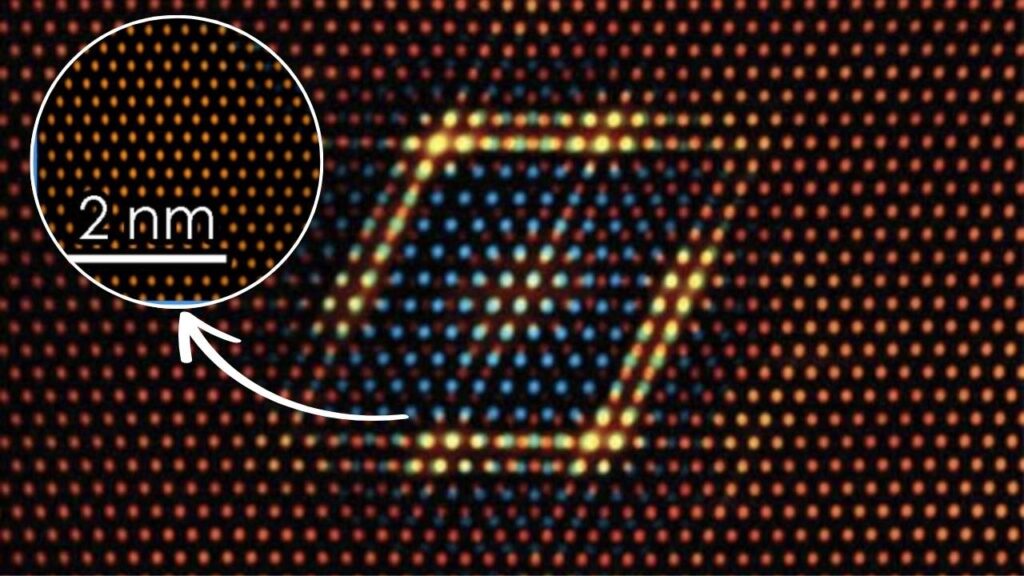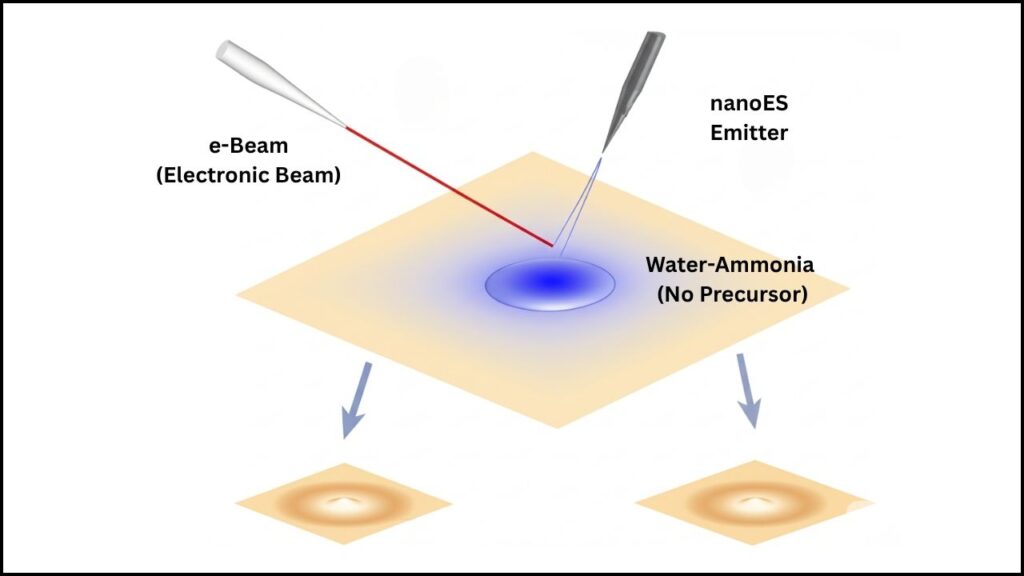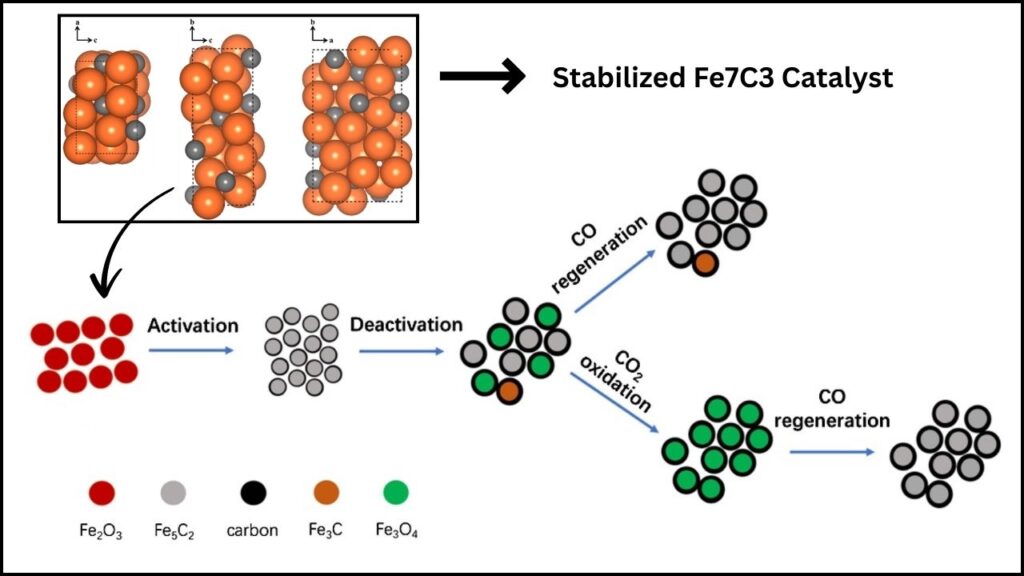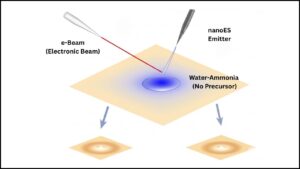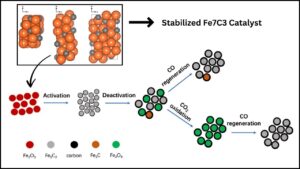The Hall effect has fascinated scientists and engineers for over a century, but in 2025, physicists have finally made an extraordinary breakthrough by observing a long-elusive form of the anomalous Hall effect (AHE) in a nonmagnetic material. This discovery not only unravels decades of scientific mystery but also promises to revolutionize technologies reliant on magnetic and electronic properties, from sensors to futuristic electronic devices. Whether you’re a science enthusiast, a student, or a professional, this article will break down this complex topic into simple terms, give you practical context, and provide expert insights for further exploration.
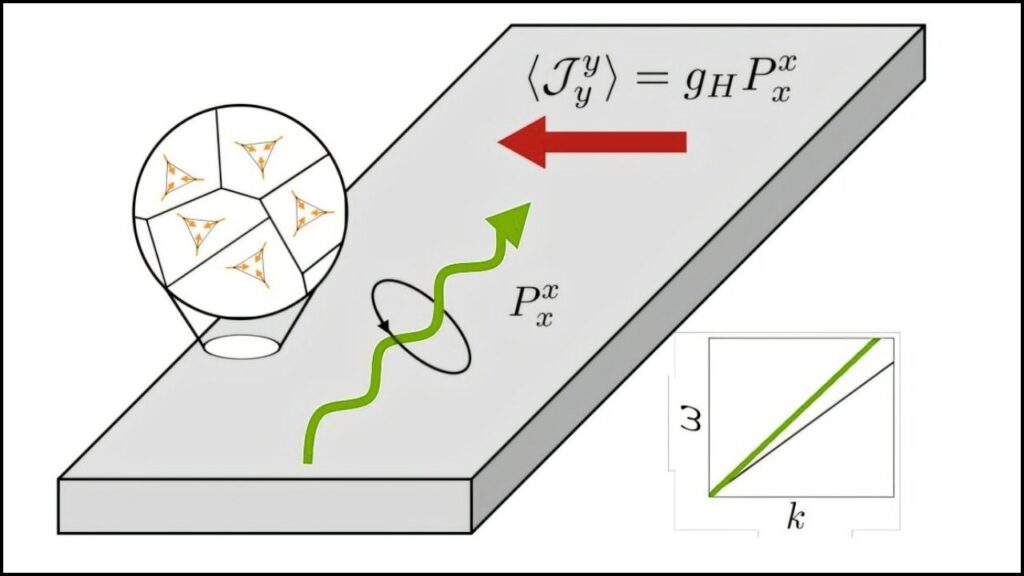
Table of Contents
Introduction to the Hall Effect and Its Mystery
Back in 1879, American physicist Edwin Hall discovered a fascinating phenomenon now known as the Hall effect. When an electric current flows through a conductor placed in a magnetic field, a voltage appears across the conductor at a right angle to both the current and the magnetic field. This happens because the magnetic field deflects the moving charged particles (usually electrons), creating measurable voltage. This discovery opened doors to understanding the behavior of electrons and their interaction with magnetic fields, forming the foundation for numerous technological advances.
But not long after, scientists observed a puzzling variation called the anomalous Hall effect (AHE). Unlike the original Hall effect, which occurs in all conductors, AHE appeared primarily in magnetic materials and was thought to arise from the spin of electrons interacting with magnetism.
Despite extensive research for over a century, the exact origins and mechanisms behind AHE remained mysterious, with theorists speculating potential occurrences even in nonmagnetic materials—until now.
Physicists Finally Observe a Hall Effect
| Feature | Details |
|---|---|
| Discovery | Giant anomalous Hall effect (AHE) observed in a nonmagnetic Dirac semimetal |
| Material Used | Cd3As2 thin films (a Dirac semimetal) |
| Key Mechanism | Orbital magnetization, the movement of electrons’ orbit, not their spin |
| Temperature & Magnetic Field | Effect induced under an in-plane magnetic field, room-temperature relevance implied |
| Potential Applications | Hall sensors, spintronic devices, energy-efficient electronics |
| Historical Context | Hall effect discovered in 1879; AHE origin debated for decades |
This table summarizes the core information that sets this scientific milestone apart, highlighting the significance for researchers and industry professionals alike.
What Is the Anomalous Hall Effect, and Why Is This Discovery Important?

The observation of a giant anomalous Hall effect in a nonmagnetic Dirac semimetal, driven by orbital magnetization, marks a monumental milestone in physics. For the first time, scientists have confirmed that AHE can arise without electron spin or magnetism, confirming theories that have waited decades for experimental evidence. This breakthrough expands our understanding of quantum physics and electron behavior, promising a future where electronics become more efficient, sensors more sensitive, and technologies like spintronics and quantum computing more advanced.
Understanding such pioneering discoveries is vital for anyone involved in science, technology, or engineering. It not only deepens comprehension of fundamental physics but also inspires innovative applications with real-world impacts.
The Ordinary Hall Effect vs. The Anomalous Hall Effect
The ordinary Hall effect occurs due to the deflection of charge carriers by an external magnetic field. It is well understood and widely used in technologies like magnetic field sensors and electric current measurements.
The anomalous Hall effect (AHE), however, goes deeper. Traditionally, AHE was observed in materials with inherent magnetic properties. It results not just from charge but from the intrinsic spin of electrons combined with magnetic ordering inside the material. This made the effect inherently linked to magnetism and electron spin.
What Changed in 2025?
Recent experiments led by physicists in Japan have observed a giant anomalous Hall effect in a nonmagnetic material—specifically in Cd3As2, a Dirac semimetal known for its exotic electronic properties. Unlike conventional AHE, this newly observed effect originates from orbital magnetization, which means the magnetism arises from the electron’s “orbiting” behavior around the nucleus rather than from the electron’s spin.
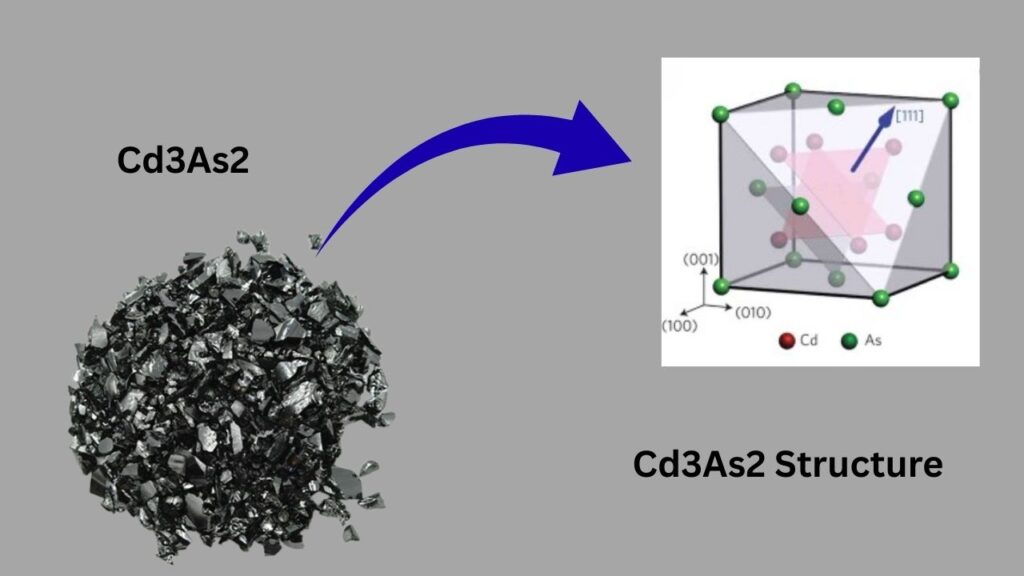
This discovery overturns previous assumptions that AHE required magnetic materials or spin effects. It confirms long-standing theoretical predictions and offers a new approach to manipulating electronic properties without involving magnetism directly.
How Was the Giant AHE Observed?
The Experimental Setup
Researchers fabricated high-quality thin films of Cd3As2. By applying an in-plane magnetic field (a magnetic field parallel to the film’s surface), they could manipulate the electronic band structure of the material. This setup allowed them to:
- Isolate the AHE signal from other magnetic effects.
- Identify that the observed Hall effect was giant compared to known values.
- Trace the cause to orbital magnetization, not spin.
Why Cd3As2?
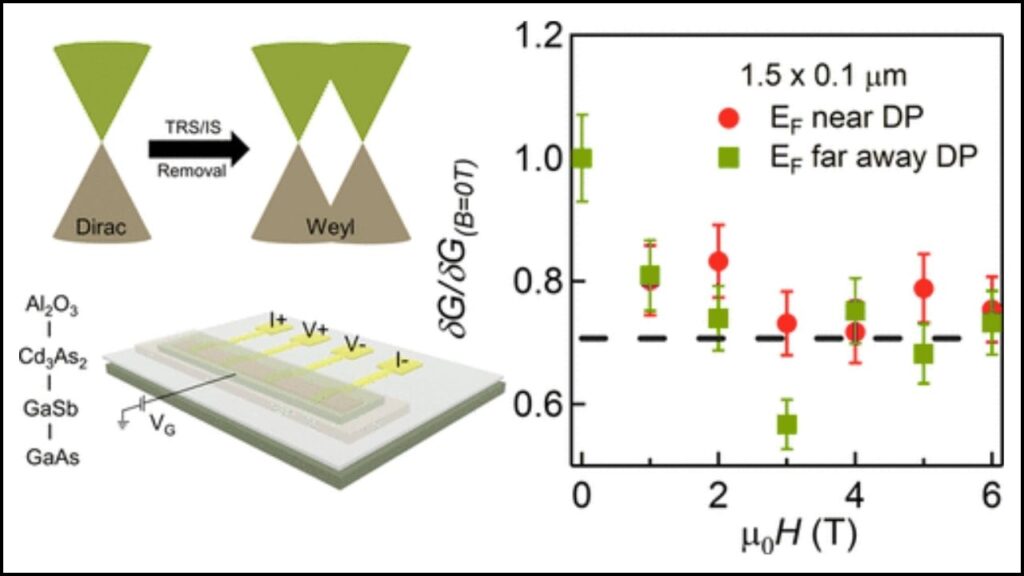
Cd3As2 is a Dirac semimetal, meaning it has unusual electronic states where electrons behave as if they are massless. Such materials are promising for studying quantum effects, as their electrons respond strongly to external stimuli like magnetic fields. This made Cd3As2 the perfect candidate for this groundbreaking experiment.
Practical Implications of the Discovery
The newly observed Hall effect could dramatically impact modern electronics and sensor technology:
- Hall Sensors: Current Hall sensors rely on magnetic properties and spin-related effects, limiting their sensitivity and operational conditions. The new effect allows for sensors that operate efficiently under broader conditions, including those without magnetic materials.
- Spintronic Devices: These devices use electron spin for data storage and transfer. Discovering an orbital magnetization-driven AHE introduces a new mechanism that could complement or even replace spin-based technologies, potentially enhancing energy efficiency.
- Quantum Computing: Dirac semimetals and related novel AHE effects could be harnessed to create faster, more reliable quantum materials for next-generation computing.
A Step-by-Step Guide to Understanding the Giant Anomalous Hall Effect
Step 1: Understand the Basics of Electron Behavior in Materials
Electrons in solids don’t just move randomly; their properties such as charge, spin, and orbital motion affect how they behave under external influences. Two important properties are:
- Spin: An intrinsic form of angular momentum linked to magnetism.
- Orbital Motion: The path electrons take around atomic nuclei, also contributing to magnetism.
Step 2: Learn the Difference Between Spin Magnetization and Orbital Magnetization
- Spin Magnetization: Traditional magnetic effects arise from the alignment of electron spins, like tiny magnets all pointing the same way.
- Orbital Magnetization: Caused by the actual movement (orbit) of electrons, creating tiny “loops” of current which generate magnetism.
Step 3: Recognize the Conventional Hall Effect Mechanisms
- The ordinary Hall effect occurs due to charge deflection by a magnetic field.
- The anomalous Hall effect traditionally involves spin magnetization.
Step 4: Realize the Novelty of Orbital AHE
The giant AHE observed in Cd3As2 comes from orbital magnetization without spin involvement or intrinsic magnetic order, a fundamentally new phenomenon.
MIT Just Proved Einstein Was Wrong — Quantum Physics Shattered Again
New Quantum Weirdness Spotted in Superconductor—Could It Upend Physics?
Scientists Freeze Quantum Motion Without Cooling — A Physics First
FAQs About Physicists Finally Observe a Hall Effect
Q1: What is the Hall effect in simple terms?
A: When electricity flows in a wire placed in a magnetic field, a small voltage appears at right angles to both—the Hall effect.
Q2: How is the anomalous Hall effect different from the normal Hall effect?
A: The anomalous Hall effect happens mostly in magnetic materials due to electron spins, making it more complex and mysterious.
Q3: Why is this new discovery important?
A: It shows that the anomalous Hall effect can exist even in nonmagnetic materials, opening new possibilities for advanced electronics.
Q4: What is orbital magnetization?
A: It’s magnetism that comes from the actual orbital movement of electrons around atoms, not from their spins.
Q5: How could this affect everyday technology?
A: It could lead to better Hall sensors, more efficient electronic devices, and improvements in quantum computing materials.
